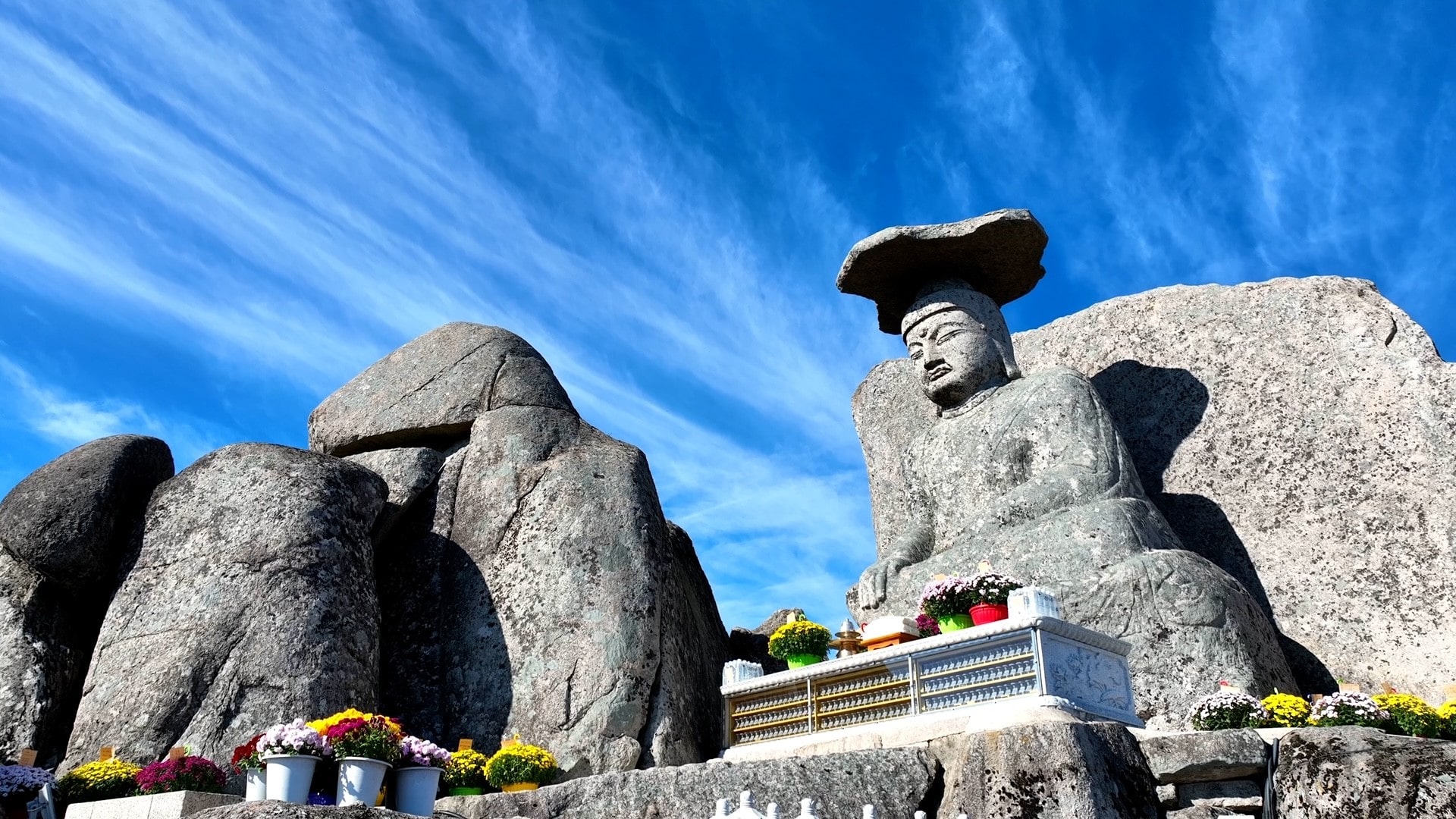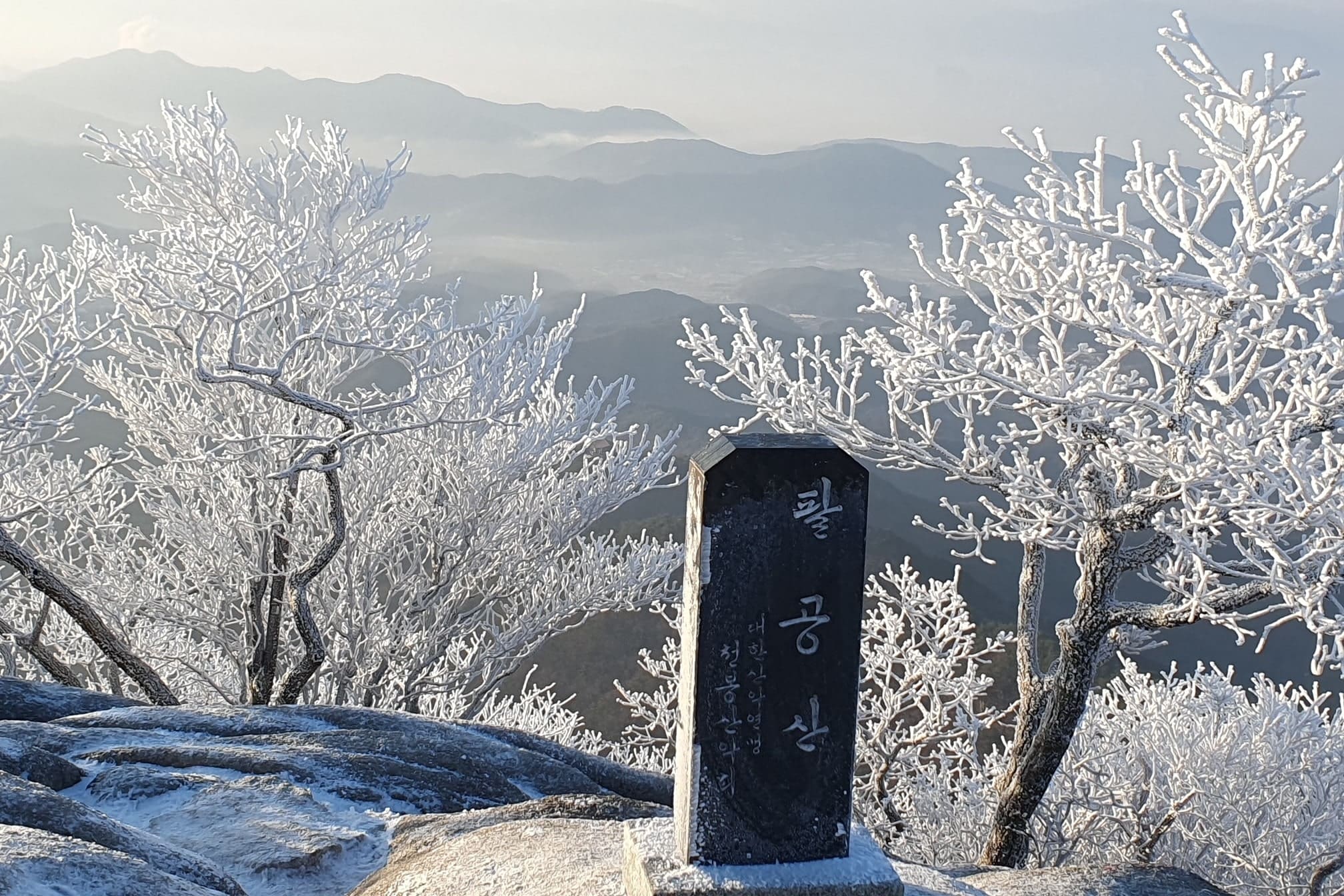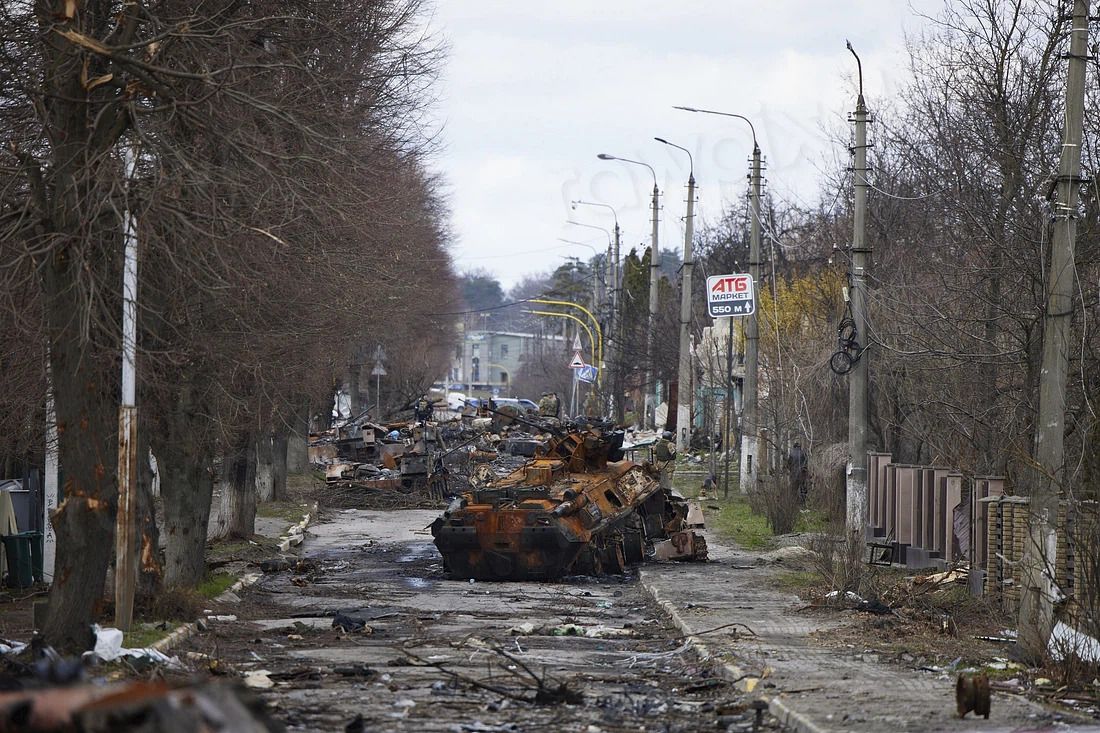On March 4th, South Korean Environment Minister, Han Hwa-Jin, and the National Park Service Chairman, Song Hyung-Geun, held a ceremony to celebrate the designation of Palgong Mountain as a national park.
The celebration of the designation, which occurred officially on December 30th, was also marked by the 4th annual National Parks Day, the theme of which was “National Park with the Region” emphasizing how national parks can assist with rural community development.
Palgongsan National Park spans the borders of five cities, counties, and districts, including Dong-gu and Gunwi-gun in Daegu Metropolitan City, Gyeongsan-si, Yeongcheon-si, and Chilgok-gun in Gyeongbuk Province, spanning a total area of 126 square kilometers.
“It is important not only to systematically preserve national parks, but also to use them sustainably so that the people and local communities can enjoy their benefits in abundance and we will continue to expand related facilities and programs so that visitors can experience national parks without any inconvenience, while promoting ecotourism in connection with the region to save the local economy and promote resident support projects such as improving living conditions,” said the Minister of Environment, Han Hwa-Jin, in a statement.
South Korea is one of the most mountainous countries on Earth, with just over 70% of the landscape dominated by mountains and uplands, and a nationwide average elevation of around 600 meters, 1,800 feet, above sea level, and almost all her national parks, Palgongsan included, are located in the mountains.
Palgongsan National Park includes hundreds of places identified as natural sites of outstanding value, including Gasanbawi Rock and Chisan Falls, in addition to over 200 cultural sites and properties. Place names include Yeongcheon, Eunhaesa, Geozoam, Yeongsanjeon, and Gunwi Amitaerae Samjonseokgul.

As the 9th parish headquarters of the Jogye Order (Donghwasa) and the 10th parish headquarters (Eunhaesa) are located inside the park, many of the sites have huge significance for the 15% of the national population who identify as Buddhists. The mountains have been a pivotal base of Korean Buddhist history and cultural heritage since ancient times.
In particular, the Stone Buddha of Palgongsan Mountain is famous as Korea’s primary prayer place for Buddhists from all over the country.
Per the laws regarding private property, many of these sites which sit on once-private land are now being looked at for purchase by the national government for respective market value.
As for the living residents of the park, 15 endangered species such as red bats, hawks, otters, and martens, make up a total of 5,296 wildlife and plant species recorded in the park’s forests, valleys, and peaks.
“We will make efforts to make Palgongsan a place that can be enjoyed by future generations by carefully managing and preserving it as a national asset,” said Hong Joon-pyo, Mayor of Daegu Metropolitan City. WaL



